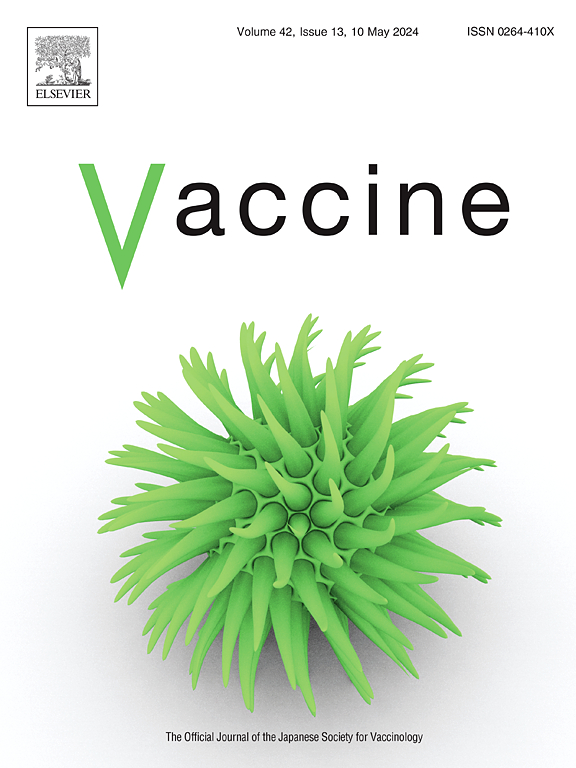Identification of potential vaccines for use with microarray patches in low- and middle-income countries: An assessment from the Vaccine Innovation Prioritisation Strategy Alliance
IF 4.5
3区 医学
Q2 IMMUNOLOGY
引用次数: 0
Abstract
Introduction
Microarray patches (MAPs) have the potential to increase equitable vaccine coverage in low- and middle-income countries (LMICs). However, MAP developers and vaccine manufacturers have identified a barrier to development of MAPs for global health applications: the need for guidance on which vaccine MAPs would be of value to LMIC immunization programs. To address this gap, the Vaccine Innovation Prioritisation Strategy (VIPS) Alliance conducted a prioritization process to identify high-priority vaccines that could be delivered via MAPs in LMICs.
Methods
We first compiled a reference list of vaccine targets through desk research, then filtered these targets based on route of administration, market distribution, existing interest from a global/regional health organization, whether the vaccine would address a specific global health priority or stakeholder agenda, development status, and potential MAP use cases. To further down-select the list, we consulted an external advisory group and evaluated the potential regulatory pathway, programmatic impact, and financial sustainability to define two priority levels.
Results
From a reference list of 91 vaccine targets, we identified 21 with applicability to LMICs, which were further down-selected to a VIPS priority list of 11 vaccine targets grouped by priority level. Priority group 1 included vaccines against hepatitis B virus, measles-rubella/measles-mumps-rubella viruses, human papillomavirus, rabies virus, yellow fever, influenza virus (seasonal and pandemic), and SARS-CoV-2. Priority group 2 included vaccines against Group B streptococcus, Neisseria meningitidis A,C,W,Y,(X), Salmonella Typhi, and Streptococcus pneumoniae.
Conclusions
These vaccine MAP priorities will inform the investment decisions of MAP developers, vaccine manufacturers, donors, and global health partners to better respond to country needs when designing their MAP portfolios. By providing a holistic assessment of the potential drivers for and key risks of developing specific vaccine MAPs, our findings have the potential to promote MAP development activities for vaccines that are priorities for LMICs.

求助全文
约1分钟内获得全文
求助全文
来源期刊

Vaccine
医学-免疫学
CiteScore
8.70
自引率
5.50%
发文量
992
审稿时长
131 days
期刊介绍:
Vaccine is unique in publishing the highest quality science across all disciplines relevant to the field of vaccinology - all original article submissions across basic and clinical research, vaccine manufacturing, history, public policy, behavioral science and ethics, social sciences, safety, and many other related areas are welcomed. The submission categories as given in the Guide for Authors indicate where we receive the most papers. Papers outside these major areas are also welcome and authors are encouraged to contact us with specific questions.
 求助内容:
求助内容: 应助结果提醒方式:
应助结果提醒方式:


